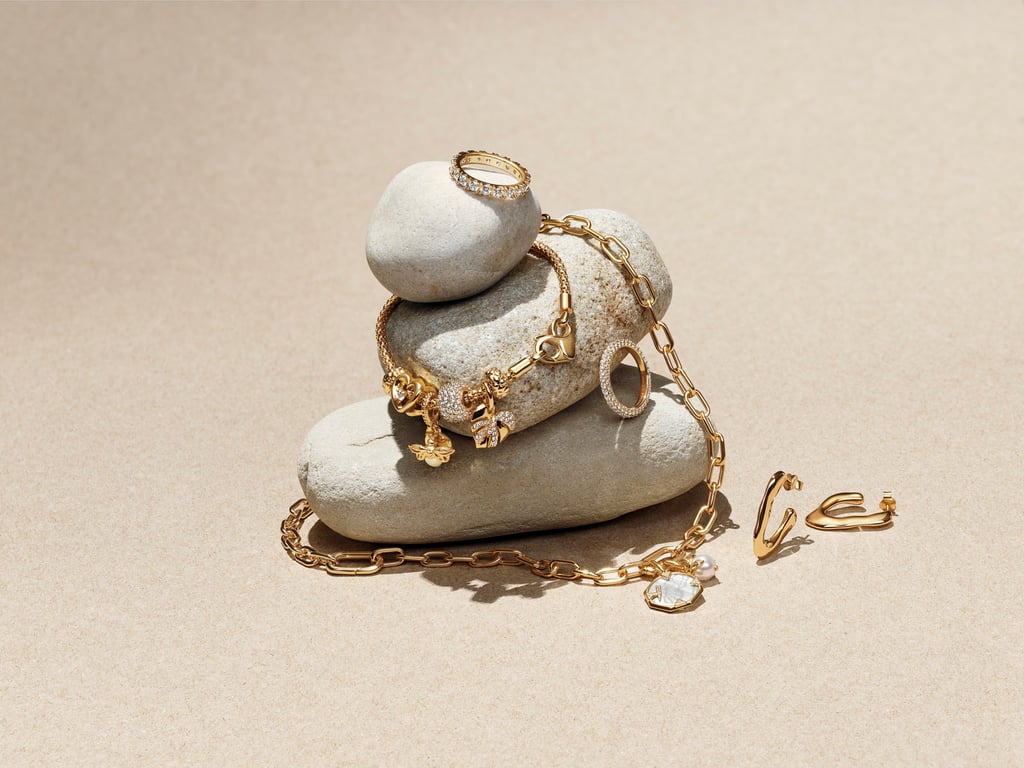Sustainable shimmer? Brands from Pandora to Tiffany & Co. are switching to recycled gold and silver, while Boucheron and Pomellato are using upcycled materials

- The world’s largest jewellery brand, Pandora, announced that it will only use recycled gold and silver, and is partnering with Pamela Anderson and Precious Lee for its sustainable jewellery campaign
- Boucheron has a capsule collection centred on Cofalit – a material produced by recycling a by-product of asbestos – while Pomellato is using an ancient Japanese technique to upcycle damaged stones
So when Pandora declared in January that it will now only use recycled gold and silver – in a bid to reduce its carbon footprint and address other environmental concerns related to mining – the announcement quickly became the talk of Place Vendôme.

Without them, Pandora couldn’t guarantee the provenance of its metals nor meet the chain of custody standards set by the Responsible Jewellery Council, which promotes ethical social and environmental practices by inspecting the credentials of jewellery supply chains. For Pandora’s CEO, Alexander Lacik, these challenges are nothing in comparison to those facing our planet.

“Recycling can significantly reduce the climate footprint of the jewellery industry,” he said, estimating that the company’s shift to 100 per cent recycled gold and silver will slash its supply chain CO2 emissions by a quarter. This amounts to 58,000 tonnes annually, which according to the brand, “is similar to the emissions from the annual electricity use of 11,000 homes, or driving 6,000 cars around the world”.
How is this possible? Well, recycling requires less energy and fewer resources than mining. Recycling gold emits less than 1 per cent of the carbon emissions from mining gold, and recycling silver emits one third of the carbon emissions from mined silver.





